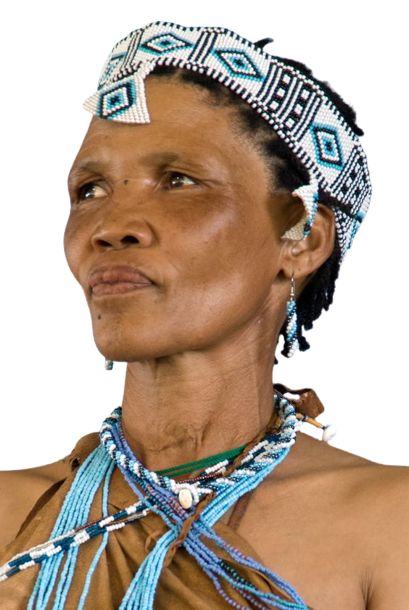

South Africa contains some of the oldest archaeological and human-fossil sites in the world.
Archaeologists have recovered extensive fossil remains from a series of caves in Gauteng Province. The area, a
UNESCO World Heritage Site, has been branded "the Cradle of Humankind". The sites include Sterkfontein, one of
the richest sites for hominin fossils in the world, as well as Swartkrans, Gondolin Cave, Kromdraai, Cooper's
Cave and Malapa.
Settlements of Bantu-speaking peoples, who were iron-using agriculturists and herdsmen, were present south of
the Limpopo River (now the northern border with Botswana and Zimbabwe) by the 4th or 5th century CE. They
displaced, conquered, and absorbed the original Khoisan, Khoikhoi and San peoples. The Bantu slowly moved south.
The earliest ironworks in modern-day KwaZulu-Natal Province are believed to date from around 1050. The
southernmost group was the Xhosa people, whose language incorporates certain linguistic traits from the earlier
Khoisan people.
The Xhosa reached the Great Fish River, in today's Eastern Cape Province. As they migrated,
these larger Iron Age populations displaced or assimilated earlier peoples. In Mpumalanga Province, several
stone circles have been found along with a stone arrangement that has been named Adam's Calendar, and the ruins
are thought to be created by the Bakone, a Northern Sotho people.
The South African black majority still has a substantial number of rural inhabitants who lead largely
impoverished lives. It is among these people that cultural traditions survive most strongly; as blacks have
become increasingly urbanised and Westernised, aspects of traditional culture have declined.
Members of the
middle class, who are predominantly white but whose ranks include growing numbers of Black, Coloured and Indian
people, have lifestyles similar in many respects to that of people found in Western Europe, North America and
Australasia.